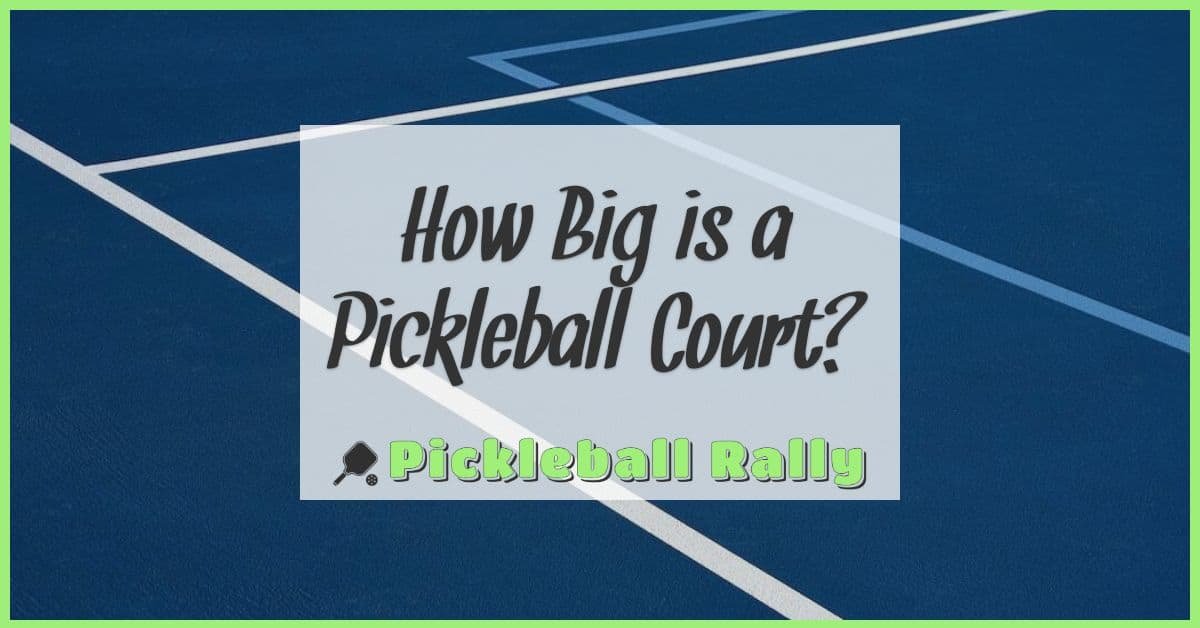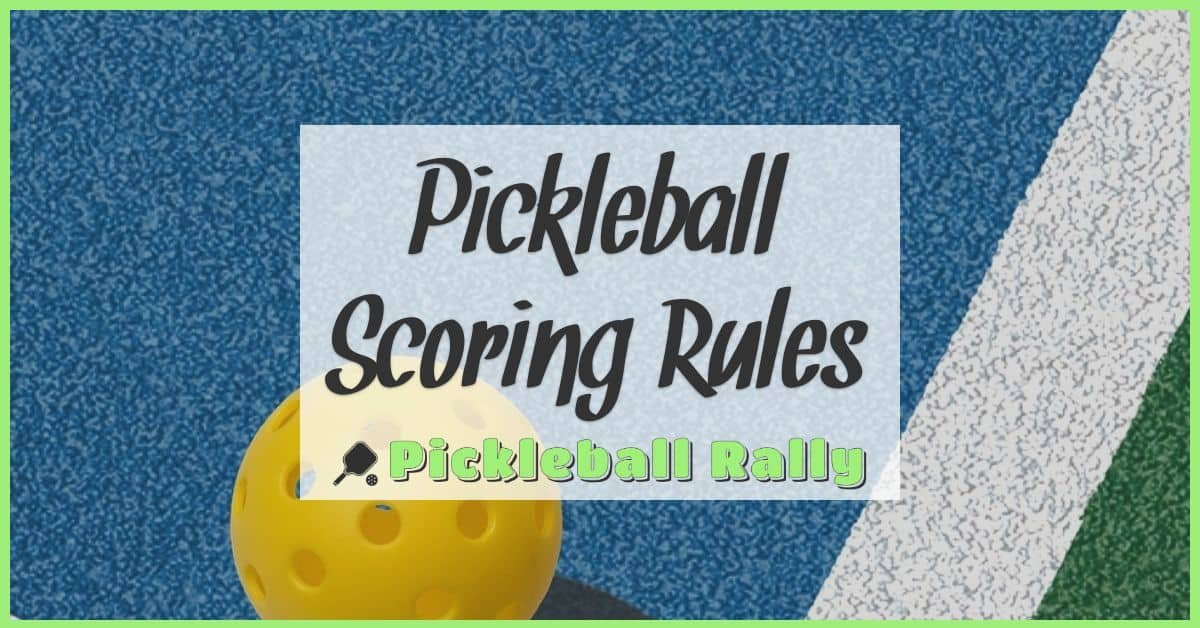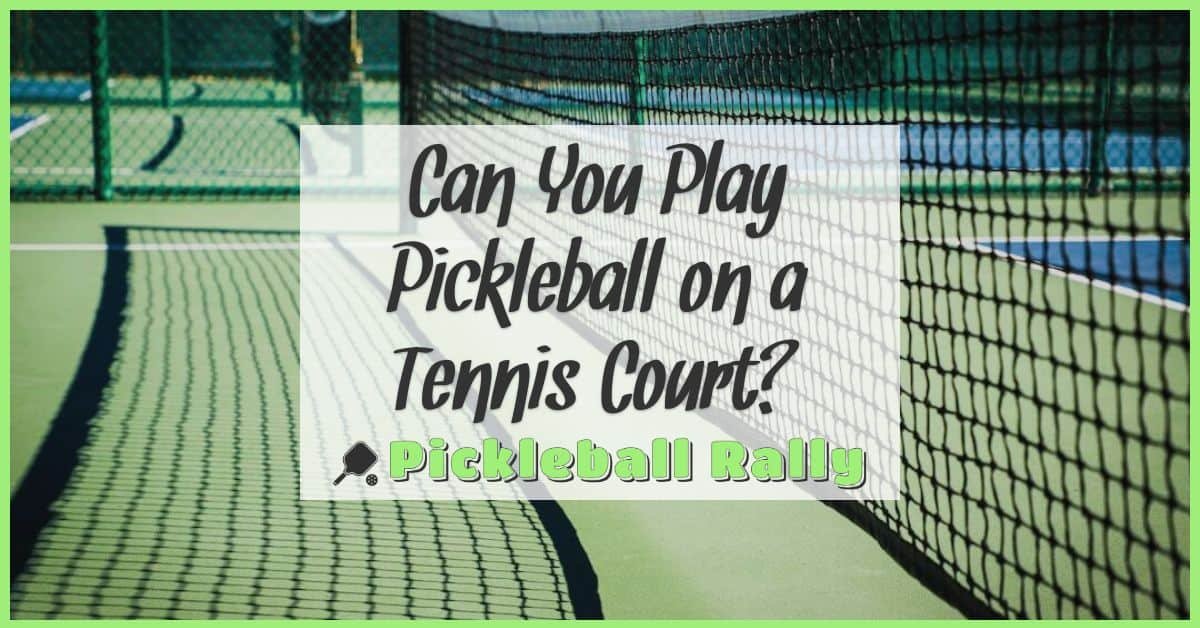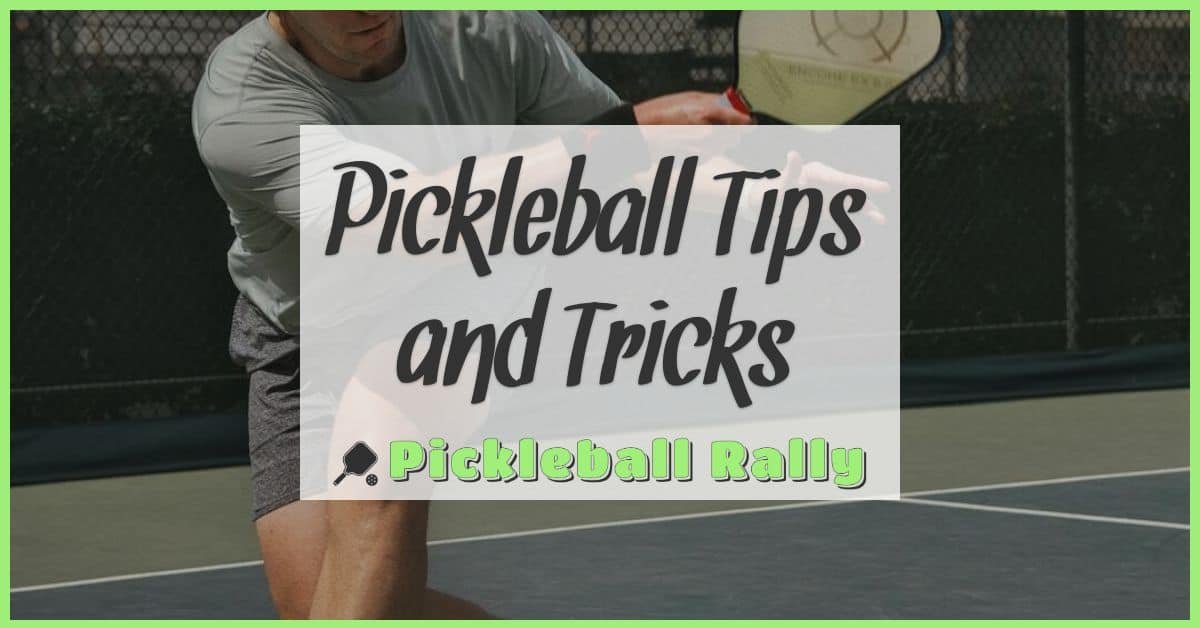Pickleball has taken the world by storm, becoming one of the fastest-growing sports around. Whether we’re setting up a court in our backyard or designing a community space, getting the layout right is key to a great playing experience.
Designing a pickleball court isn’t just about marking lines; it’s about creating a space that’s fun, functional, and inviting. From choosing the right dimensions to picking materials that stand up to wear and weather, there’s a lot to consider.
Let’s explore some practical tips and creative ideas to help us build the perfect pickleball court that suits our needs and keeps the game exciting for everyone.
Understanding Pickleball Court Design Basics
Designing a pickleball court starts with knowing the essential elements that create a great playing environment. We’re diving into the key components that every court needs to get us on the court quickly and enjoying the game.
Standard Court Dimensions and Layout
We focus on the official dimensions set by the USA Pickleball Association to keep our games consistent and fair. A standard pickleball court measures 20 feet wide by 44 feet long for both singles and doubles play. The court splits into different zones:
- Non-volley zone (kitchen): extends 7 feet from the net on both sides; prevents smashes right at the net
- Service courts: divided into right and left sections, each 10 feet wide by 15 feet long
- Baseline: marks the back boundary, 44 feet from one baseline to the other
We use a net height of 36 inches at the sidelines and 34 inches in the middle to ensure correct play. Marking these zones clearly with contrasting lines, usually 2 inches wide, helps maintain smooth matches.
Choosing the Right Surface Material
We understand that surface choice impacts playability, safety, and durability. Commonly, courts use:
| Surface Type | Play Characteristics | Durability | Maintenance |
|---|---|---|---|
| Asphalt | Fast, slightly rough texture | High | Requires sealing |
| Concrete | Smooth, consistent ball bounce | Very High | Low, occasional cleaning |
| Acrylic Coating | Adds color, enhances grip | Moderate | Needs re-coating every 3-5 years |
We recommend acrylic-coated surfaces layered over asphalt or concrete for the best balance. The texture provides just enough grip to prevent slips without slowing down the ball. Good drainage and smooth finishes reduce injury risks and keep the ball bouncing true.
Choosing the right surface complements the court dimensions, making every game feel precise and comfortable. These basics build the foundation for us to develop skills and enjoy pickleball at all levels.
Essential Elements for an Effective Pickleball Court
Designing a functional pickleball court means focusing on key elements that boost playability and meet official standards. Let’s dive into the details that make every shot and volley count.
Net and Posts Specifications
We use a net 36 inches high at the sidelines and 34 inches high at the center to match USA Pickleball Association standards. The net stretches across the court’s 20-foot width, supported firmly by posts placed 22 feet apart. Posts sit outside the playing area to prevent interference during fast-paced rallies. Choosing sturdy, weather-resistant posts ensures the net stays taut and stable through countless matches.
Court Markings and Color Choices
We mark courts with precise, 2-inch-wide lines in bright white or yellow for clear visibility against the court surface. The 20 by 44-foot boundary includes a 7-foot non-volley zone line (kitchen) that requires special attention for accuracy. Many courts use contrasting colors—such as a soft green playing area framed by darker borders—to enhance depth perception and reduce eye strain during play. Consistent color schemes help both beginners and seasoned players maintain focus and spatial awareness on every strike.
Tips for Maximizing Space and Functionality
Maximizing space and functionality transforms every square foot of a pickleball court area into an enjoyable, efficient playing and viewing zone. Thoughtful design choices make a big difference for players and spectators alike.
Designing for Multiple Courts
Designing multiple courts requires careful planning to maintain proper spacing and safety. Place courts at least 10 feet apart to give players room for movement and avoid interference between games. Align courts parallel to minimize sun glare during early morning or late afternoon play, improving visibility. Use clear, contrasting colors for court lines and boundaries to help players distinguish between courts easily during simultaneous matches. When space is limited, consider stacking courts vertically using adjustable nets in multipurpose facilities, but only if ceiling height allows enough clearance of at least 18 feet above the floor.
Incorporating Seating and Shade Areas
Incorporate seating close to courts but outside of the playing boundaries to ensure a good view without interfering with gameplay. Choose benches or chairs made from weather-resistant materials like aluminum or recycled plastic for durability. Arrange shaded areas with pergolas, umbrellas, or trees near seating to keep players and spectators comfortable during hot or sunny days. If permanent shade isn’t an option, provide portable canopies that can be positioned as needed. Position hydration stations near shaded seating to encourage regular water breaks and reduce downtime.
| Design Element | Recommendation | Benefit |
|---|---|---|
| Court spacing | 10 feet between courts | Safe player movement |
| Court alignment | Parallel to reduce sun glare | Improved visibility |
| Seating materials | Weather-resistant (aluminum, plastic) | Long-lasting and low maintenance |
| Shade options | Pergolas, umbrellas, portable canopies | Comfort and protection from sun |
| Hydration placement | Near shaded seating | Easy access to water |
Creative Ideas to Enhance Court Aesthetics
Enhancing the look of a pickleball court brings more energy to every game and creates an inviting space for players and spectators. We focus on design elements that improve visual appeal without sacrificing functionality.
Color Schemes and Patterns
Using vibrant color schemes adds life to the court and helps players track boundaries easily. We suggest choosing two or three contrasting colors. For example, a deep green playing surface with bright yellow lines or a light blue court with white lines creates excellent visibility. Incorporating subtle patterns like diagonal stripes or geometric shapes outside the playing area can add style without distracting from the game. The key lies in balancing bold colors with practicality so lines remain clear even during intense rallies.
Landscaping and Surrounding Features
Well-planned landscaping frames the court, making it a pleasant place to play and watch. We recommend planting low-maintenance shrubs or ornamental grasses at least three feet away from court edges to avoid interference. Trees placed strategically provide natural shade but shouldn’t cast shadows on the court during peak play hours. Adding benches made from durable, weather-resistant materials near the court encourages rest between games. Consider installing soft pathway lighting surrounding the court for evening play and enhancing safety without glare. Thoughtful landscaping turns the court into a comfortable hub for the pickleball community.
Maintenance and Durability Considerations
Maintaining a pickleball court ensures consistent play quality and extends the court’s lifespan. Durable materials and smart upkeep protect your investment and keep your games smooth.
Weatherproofing and Surface Care
Choosing weather-resistant surfaces like acrylic coatings resists cracking and fading under sun and rain. Sealing cracks quickly prevents water damage and uneven spots. Cleaning courts regularly removes dirt, leaves, and debris that cause surface wear. Applying non-slip sealants preserves grip, especially during humid or wet conditions. Scheduling periodic resurfacing every 3 to 5 years maintains court smoothness and color vibrancy, making play safe and enjoyable.
Lighting for Day and Night Play
Installing energy-efficient LED lights with adjustable brightness enhances visibility during evening matches. Positioning lights to avoid glare on the net and players’ eyes improves focus and reaction time. Using pole-mounted fixtures at around 20 feet height ensures even coverage across the court. Consider motion sensors or timers to manage lighting only when courts are in use, helping reduce energy costs and light pollution. Proper lighting extends play hours while maintaining safety and performance.
Conclusion
Designing a pickleball court is a rewarding project that brings players together and elevates the game experience. With thoughtful planning and attention to detail, we can create a space that’s both functional and inviting.
By blending practical features with creative touches, our courts become more than just playing areas—they turn into community hubs where fun and competition thrive. Let’s keep these ideas in mind as we build courts that everyone will enjoy for years to come.









